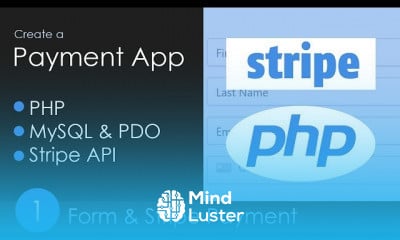Node js Login System With Passport Part 2
Share your inquiries now with community members
Click Here
Sign up Now
Lessons List | 3
Lesson
Comments
Related Courses in Programming
Course Description
A common requirement when building a web app is to implement a login system, so that users can authenticate themselves before gaining access to protected views or resources. Luckily for those building Node apps, there’s a middleware called Passport that can be dropped into any Express-based web application to provide authentication mechanisms in only a few commands. Prerequisites
To follow along with this tutorial, you’ll need to have Node and MongoDB installed on your machine.
You can install Node by heading to the official Node download page and grabbing the correct binaries for your system. Alternatively, you can use a version manager — a program that allows you to install multiple versions of Node and switch between them at will. If you fancy going this route, please consult our quick tip, “Install Multiple Versions of Node.js Using nvm”.
MongoDB comes in various editions. The one we’re interested in is the MongoDB Community Edition.
The project’s home page has excellent documentation and I won’t try to replicate that here. Rather, I’ll offer you links to instructions for each of the main operating systems:
Trends
Graphic design tools for beginners
French
Improving Public speaking skills
Artificial intelligence essentials
Data Science and Data Preparation
MS Excel
Learning English Speaking
Figma for UX UI design
Graphic Design Basics
Formation efficace à l écoute de l
Web Design for Beginners
Electrical engineering for engineer
Build a tic tac Toe app in Xcode
YouTube channel setup
Build a profitable trading
Advanced Logo design methods
Ubuntu linux
Python for beginners
Design and Analysis of algorithms DAA
Data Mining for Data Science
Recent
Qur anic reflections
Pillars of faith in islam
Pray in arabic word by word
Improve your Quran recitation
Read the Qur an
Islam in arabic basics
Qur an recitation
Arabic islamic words
Islamic vocabulary
Data Science and Data Preparation
Growing ginger at home
Gardening basics
Ancient watering techniques
Grow mushrooms
Growing onions
Veggie growing
Bean growing at home
Growing radishes
Tomato growing at home
Shallot growing


















